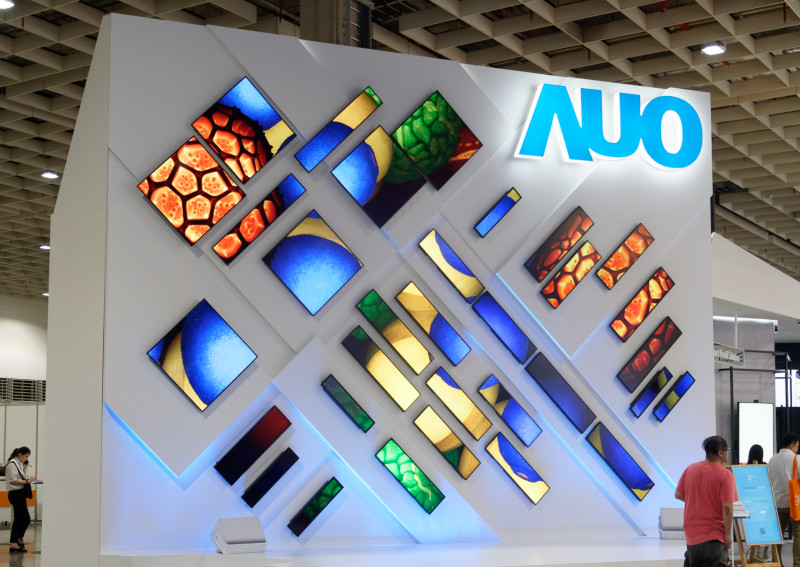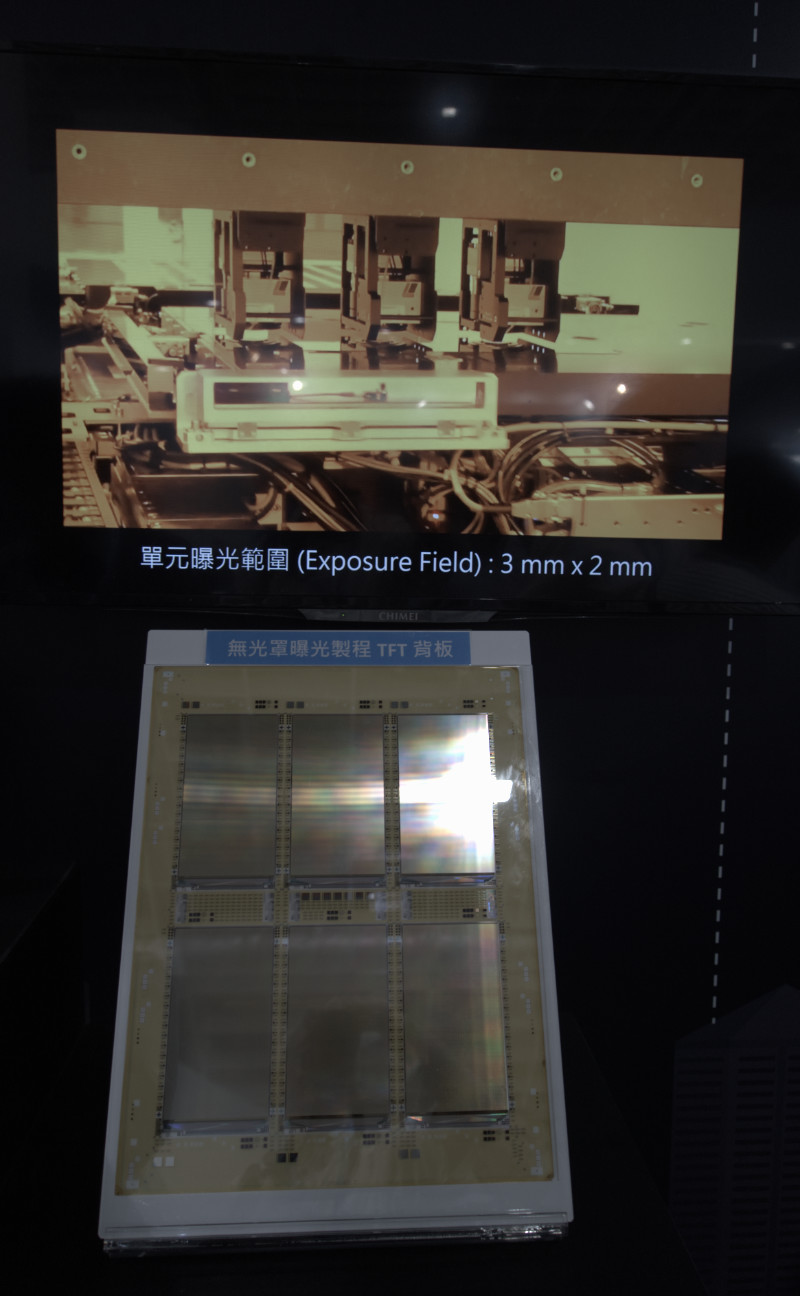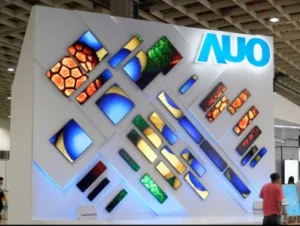It’s a truism of the LCD manufacturing world that none of the big panel makers would have been in the business without a lot of support from their respective governments. In Taiwan, ITRI, the research institute has helped the development of the industry by conducting key R&D and the organisation had a good presence at Touch Taiwan.

One of the interesting markets for larger flat panels is for unusual shapes and sizes of displays. Notebook and monitor makers standardised the sizes that they would use so that second sourcing was less difficult, while TV makers have clustered around the sizes that are most efficient to produce with multiple panel makers using similar substrates. Panels for digital signage LCDs tend to follow the sizes of TVs. If you want something that doesn’t fit these categories well, your options are quite limited.
A Solution – Chop them up
One solution that was developed to meet the requirements for aviation displays was in cutting up standard panels. In the past, aviation companies have often wanted square LCDs that would fit the cockpits that were designed around CRTs. Unfortunately, their volumes meant that custom displays were not economically feasible for panel makers, so the technology was developed to ‘cut’ commercial displays down to the size wanted by the final customer. Such displays may not be absolutely perfect, but the solution was ‘good enough’.
When larger displays, such as those used in transport systems such as trains or buses were needed, they were also cut from standard TV panels. That was expensive because it was not a simple process and most of the original LCD would be thrown away, with the top edge (with the column drivers) kept intact while many of the rows are cut away. As this category started to develop, panel makers such as LG, Samsung and AUO started to look at making these ‘stretched’ displays in their factories. The downside of this is that to make a new size or resolution, someone has to invest in a new set of photomasks for the photolithography processes used to pattern the LCD backplane – and they cost a lot of money – in the millions of dollars.
 AUO had lots of ‘stretch’ displays at Touch Taiwan. Image:Meko
AUO had lots of ‘stretch’ displays at Touch Taiwan. Image:Meko
That up-front cost has meant that panel makers have to try to guess what will be needed and place a big bet. Panel makers have to be very confident that there will be enough volume to cover the cost of the photomasks. It’s even more complicated than that as some of these markets have very slow specification and development processes and supply chains. Panel makers showed off new panel products, but discontinued them as there wasn’t much demand. Sadly, they did this too soon – so that when buyers came back to place orders, the products had been discontinued – that was frustrating for everyone.
New Solutions
To help with this problem. AUO told us at ISE this year that it had developed a new method that allowed the manufacture of custom sized displays without the need for custom photomasks. Details were scarce and the process was secret (and staff said the same at Touch Taiwan last week), but the promise is of lower NRE costs and quicker turn-rounds for custom displays. This fits AUO’s need to boost the added value that it gets for its panels (and is one of a number of initiatives in that direction, but more on that another day). I suspect that the technique exploits existing photomasks, perhaps by masking them and, we think involves multi mother glass (MMG) techniques were a range of different panel sizes are cut from the same substrate.
Anyway, to get back to ITRI, at Touch Taiwan, the institute was showing a development that it has been pursuing to allow the creation of LCD substrates without photomasks and using laser technology to create the patterns needed. ITRI has a relatively small development line (2.5G) for making LCDs but the engineer that I spoke to was confident that the technology could be used for fabs up to G6. Not only does this mean that the large NRE cost is avoided, but the lead time to create a new display size gets much quicker as there is no need to make the photomasks.
 ITRI used its own G2.5 fab to make these smartphohe displays using no photomask, but believe the technique could be used up to G6 Image:Meko
ITRI used its own G2.5 fab to make these smartphohe displays using no photomask, but believe the technique could be used up to G6 Image:Meko
At the moment, this development is just an R&D project, but I would be surprised if this wasn’t being done with AUO and probably Innolux, which also has a range of specialist displays and is strong in automotive where flexibility and customsiation are both appreciated.

